Value investing in emerging markets is largely ignored, but watch out for value traps, explains Irmak Surenkok, portfolio specialist in the equities division.
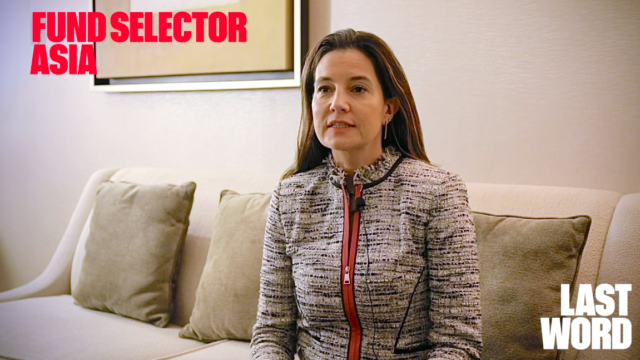

Value investing in emerging markets is largely ignored, but watch out for value traps, explains Irmak Surenkok, portfolio specialist in the equities division.

In a gloomy local environment, Hong Kong’s HNW investors want safety and more FMP portfolios are in the pipeline, said Hang Seng Bank’s head of investment advisory.

Hong Kong-based Magnum Research is also launching a stand-alone fixed income ETF portfolio for its B2C clients.

Hong Kong-based Magnum Research obtained a Type 9 licence in Hong Kong and is mulling plans to launch its own strategies.
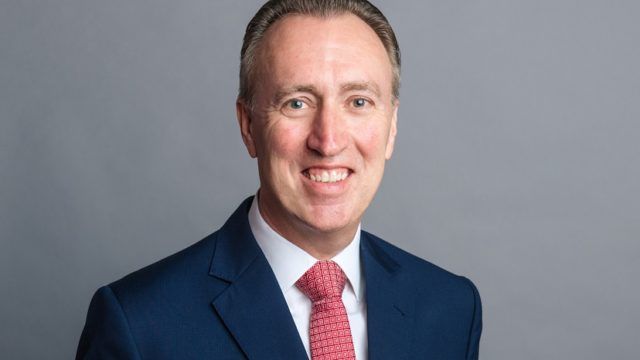
Singapore’s Purple Asset Management aims to grow to $1bn in AUM by 2021, but it’s never easy for a newcomer and competition is strong.
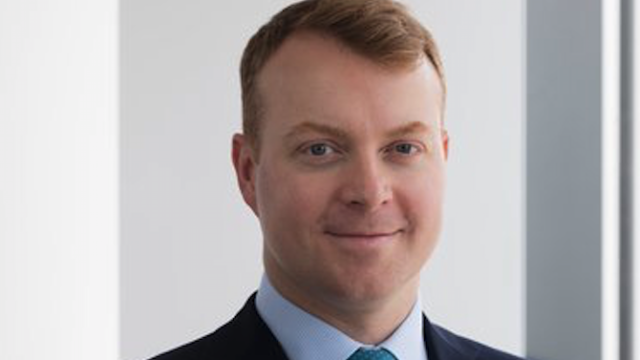
Russian equities have way outperformed other key markets and yet remain comparatively cheap.
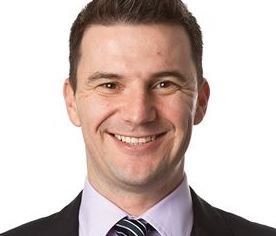
Low interest rates should boost funds that seek undervalued stocks rather than chase potential earnings growth, according to Hermes Asia ex-Japan head.
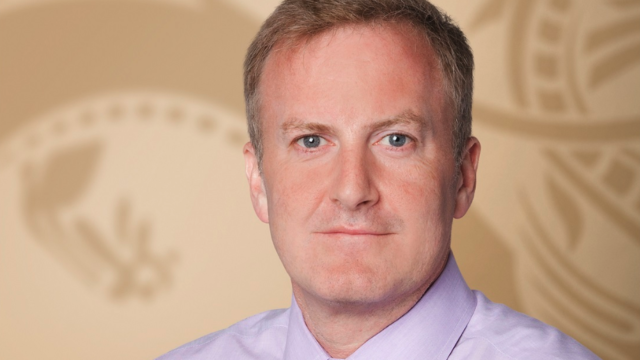
The firm believes that there is a value play among beaten-down Hong Kong stocks.
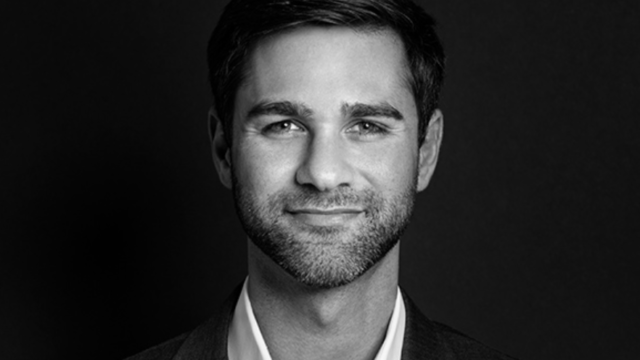
Acquired by Mirae Asset Global Investments last year, Global X has begun promoting its products in the region.
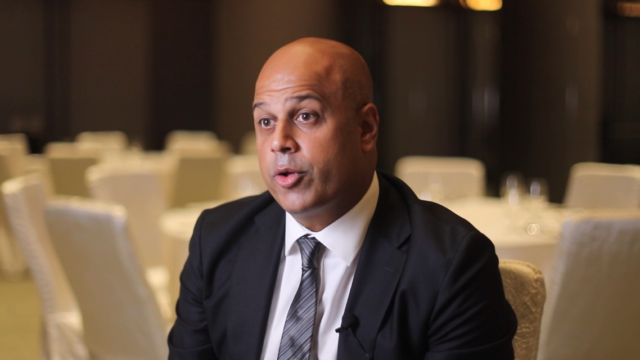
The firm’s EM multi-asset strategy is defensively positioned due to interest rate and currency risks, explains Subash Pillai.
Part of the Mark Allen Group.
